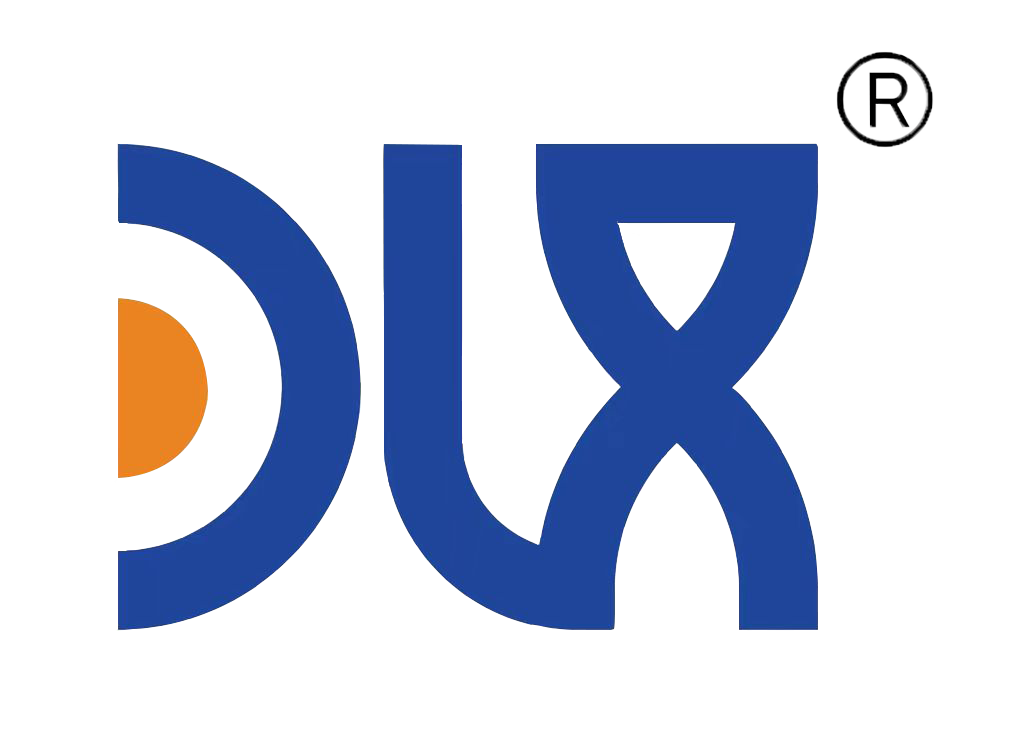We’re a top player in the resistance wire industry, driving the renewable energy revolution with high-performance heating solutions. From solar panels to wind turbines, our wires deliver the precise heat needed to keep green energy systems humming. Let’s dive into our products, unpack industry trends, explore key applications, and see how we stack up against a competitor like Sandvik, all while showing how resistance wire powers the future of renewables.

Our Resistance Wire: Fueling Green Energy
Our resistance wires, crafted from premium alloys like Nichrome (80/20 nickel-chromium), FeCrAl (Kanthal), and copper-nickel (CuNi), are engineered for the unique demands of renewable energy systems. FeCrAl is our go-to for its cost-effective, high-temperature performance, perfect for solar panel manufacturing and wind turbine de-icing. Nichrome shines in high-heat applications like battery thermal management, handling up to 1,400°C with ease, while CuNi is ideal for low-temperature needs like sensors. Available in custom forms—round, flat, or ribbon—our wires fit seamlessly into diverse renewable setups.
What makes us stand out? Precision manufacturing ensures consistent resistivity and heat output, critical for energy-efficient systems. Our wires are coated with advanced insulators like ceramic to withstand harsh environments and extend lifespan. Whether it’s heating silicon wafers for solar cells or keeping wind turbine blades ice-free, our wires deliver reliable, efficient thermal performance.
Industry Analysis: The Renewable Energy Boom
The resistance wire market for renewables is thriving, tied to the global renewable energy sector, projected to grow from $1.2 trillion in 2023 to $2.5 trillion by 2032 at a CAGR of 8.5%. Solar and wind power lead the charge, driven by global net-zero goals and government incentives. Solar panel production demands precise heating for processes like lamination, while wind turbines need de-icing solutions for cold climates, boosting wire demand.
Asia-Pacific dominates manufacturing, with China and India scaling up solar and wind capacity, but Europe and North America lead in innovation. Challenges include fluctuating raw material costs (like nickel and chromium) and competition from alternative technologies like PTC heaters. We tackle these with sustainable sourcing and R&D into eco-friendly alloys. Smart thermal systems are a big trend—our wires integrate with IoT-enabled controls for real-time efficiency, supporting the shift to smarter, greener energy solutions.
Applications: Where Our Wires Power Renewables
Our resistance wires are critical to renewable energy systems, with key applications including:
Solar Panel Manufacturing: FeCrAl wires provide precise heat for silicon wafer processing and panel lamination.
Wind Turbine De-Icing: Nichrome wires power blade heating systems, ensuring performance in icy conditions.
Battery Thermal Management: Our wires maintain optimal temperatures in energy storage systems for EVs and grid applications.
Smart Energy Systems: IoT-integrated wires enable real-time thermal control, boosting efficiency in solar and wind setups.
Energy Storage: Our wires support heating in large-scale battery systems, enhancing reliability and lifespan.
By focusing on high resistivity and thermal stability, our wires minimize energy waste, aligning with the renewable sector’s push for sustainability and efficiency.
How We Compare: Us vs. Sandvik
Sandvik is a major player in resistance wire, offering FeCrAl and Nichrome alloys similar to ours, widely used in renewable energy applications. Both of us prioritize high-temperature performance and durability, but we pull ahead with customization. While Sandvik offers a solid range of wires, we provide tailored gauges, coatings, and lightweight options to meet specific renewable system needs. Our pricing balances performance and cost, appealing to both large-scale solar manufacturers and niche energy storage firms. Plus, our focus on eco-friendly materials and smart system integration keeps us ahead in the green energy race.
Driving the Future of Renewable Energy
Our mission is to power renewable energy systems with precision and efficiency. By leveraging advanced alloys and precision manufacturing, we deliver resistance wires that optimize thermal performance while cutting energy waste. Our R&D team is always exploring new materials and smart tech to push the boundaries of what’s possible. From solar panels to wind turbines, our resistance wires are built to fuel the clean energy revolution, making renewables more reliable and sustainable.
Comparison Table: Resistance Wire Materials for Solar and Renewable Power Systems
Parameter | Nichrome (NiCr) | FeCrAl (Kanthal) | Copper-Nickel (CuNi) |
|---|---|---|---|
Resistivity (μΩ·cm) | High (100-150) | Very High (120-150) | Moderate (30-50) |
Max Temperature (°C) | Up to 1,400 | Up to 1,400 | Up to 600 |
Oxidation Resistance | Excellent | Very Good | Good |
Cost | Moderate | Lower | Moderate |
Durability | High, corrosion-resistant | High, robust for high temps | Moderate, suited for low-temp uses |
Common Applications | Solar panel production, battery heating | Wind turbine de-icing, high-temp systems | Sensors, low-temp thermal management |
Energy Efficiency | High, stable heat output | Very High, minimal energy loss | Moderate, application-specific |
Flexibility | Good, easy to integrate | Less flexible at high temps | High, easy to shape |
FAQs About Resistance Wire in Solar Energy and Renewable Power Systems
What materials are commonly used for resistance wire in solar and renewable power systems?
Nickel-chromium (Nichrome), iron-chromium-aluminum (FeCrAl), and copper-nickel (CuNi) alloys are widely used for their high resistivity and heat tolerance.What are the main applications of resistance wire in renewable energy?
They power heating elements in solar panel manufacturing, battery thermal management, and wind turbine de-icing systems.Why is FeCrAl preferred for solar energy applications?
FeCrAl offers high resistivity, excellent oxidation resistance, and cost-effectiveness, ideal for high-temperature processes.How does resistance wire improve efficiency in renewable power systems?
Precise resistivity and stable heat output reduce energy loss, ensuring efficient thermal management in solar and wind systems.Which industries drive demand for resistance wire in renewables?
Solar energy, wind power, energy storage, and electric vehicle sectors, with growth tied to green energy adoption.What are the latest trends in resistance wire for renewable energy?
Trends include lightweight alloys, eco-friendly materials, and integration with smart thermal control systems for efficiency.What challenges does the resistance wire market face in this sector?
Raw material price volatility, competition from alternative heating solutions, and scaling for mass production are key challenges.How do you choose the right resistance wire for renewable energy systems?
Evaluate resistivity, temperature range, corrosion resistance, and system compatibility to balance performance and cost.
